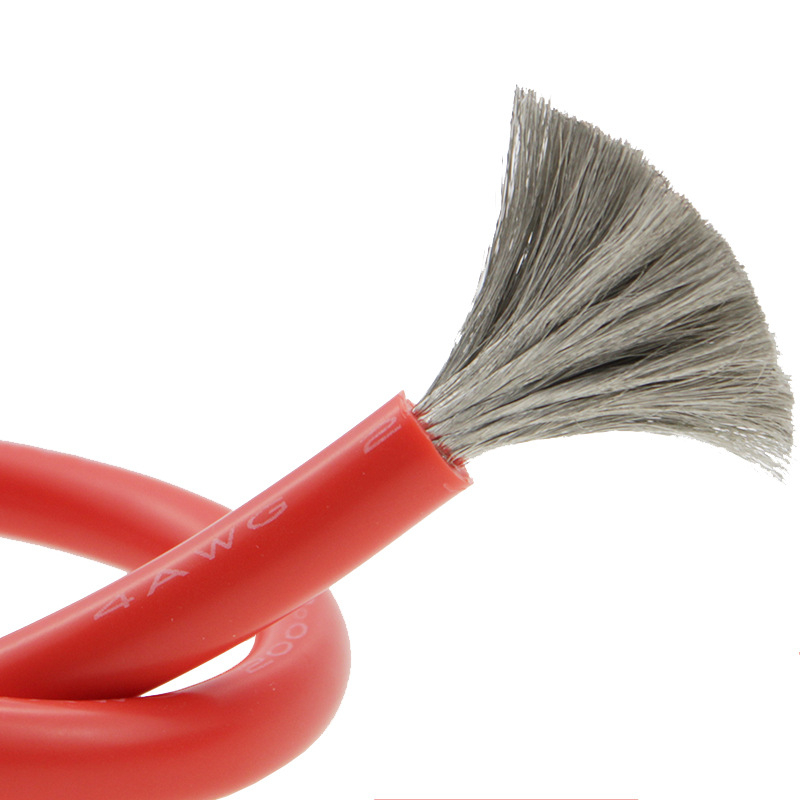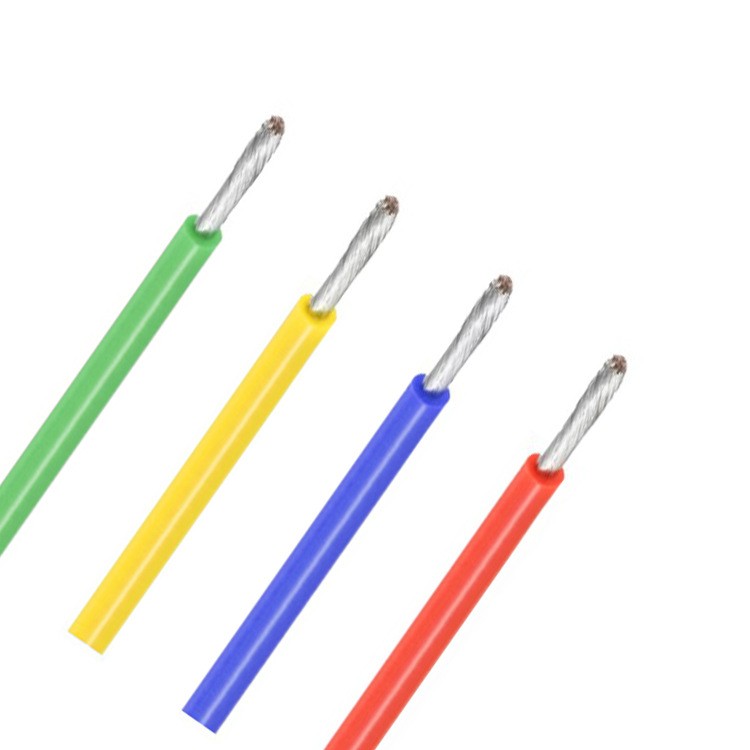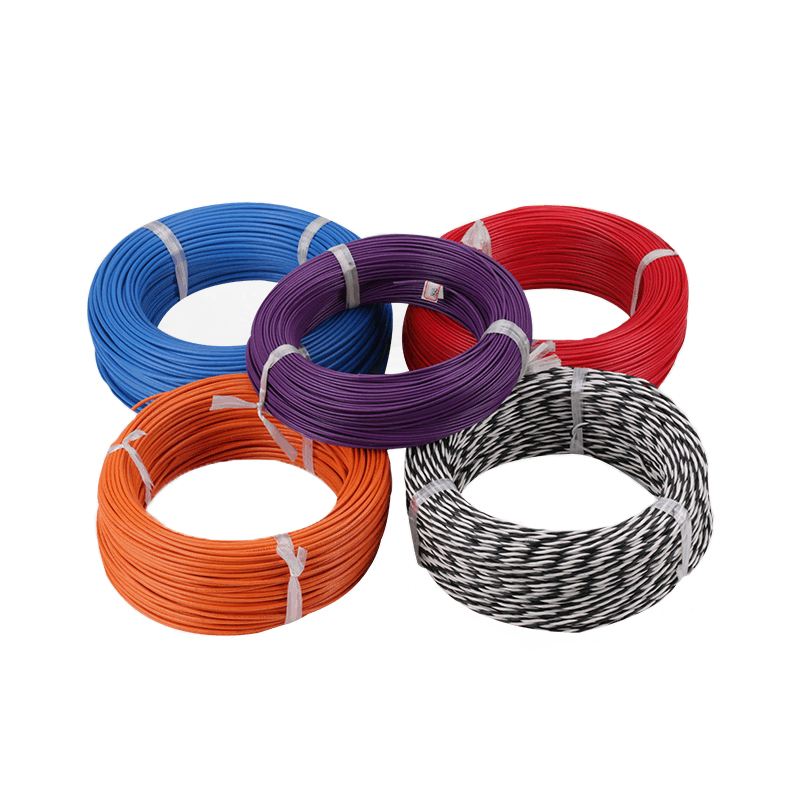Silicone and teflon are two types of non-stick materials that are used in a variety of applications. Although they have similar properties, they are different in terms of composition and uses.
Silicone is a synthetic rubber-like material composed of silicon, oxygen, carbon, and hydrogen. It is flexible, heat-resistant, and waterproof, and can withstand temperatures ranging from -40°F to 500°F (-40°C to 260°C). Silicone is used in kitchenware such as baking mats, baking pans, and cooking utensils due to its non-stick properties and ability to withstand high temperatures.

On the other hand, Teflon is a brand name for a type of fluoropolymer comprised of molecules of carbon and fluorine. It is known for its excellent non-stick properties and is used as a coating on cooking appliances, non-stick cookware and bakeware, and even in medical applications due to its biocompatibility. Teflon can withstand high temperatures and is chemically inert, which means it doesn’t react with other substances.

In summary, while silicone is flexible and heat-resistant, teflon is known for its excellent non-stick properties and chemical inertness. Both materials are commonly used in cooking and baking applications.

